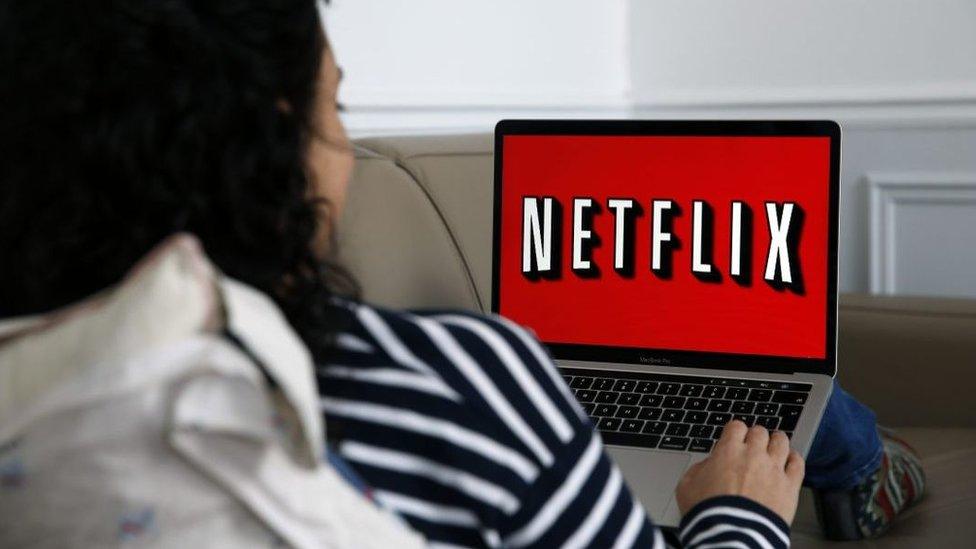Netflix stops charging customers who never watch
- Published

Netflix says it will now start to cancel accounts that have watched nothing in more than a year, but have still been paying subscription fees.
The streaming giant says hundreds of thousands of users fall into that "inactive" category - and it will now start suspending them.
It said the move would save forgetful customers money.
Netflix costs between £5.99 and £11.99 a month, and payment details are required to sign up.
The company said the notifications would be sent to those people who signed up with a credit card or other payment method, but have not watched anything in the year since signing up.
It will do the same for other users who have been paying for the service, but have not watched anything in the past two years.
Users with dormant accounts will receive a notification asking if they want to continue with their subscription, and those who do not respond will have their account cancelled.
Netflix said less than half a percent of its user-base falls into that category.
“You know that sinking feeling when you realise you signed up for something but haven't used it in ages? At Netflix, the last thing we want is people paying for something they're not using," product innovation chief Eddy Wu said in a blog post, external.
Affected account holders will receive a warning from Netflix in the form of an email before their accounts are deactivated. Notifications will start arriving this week.
"We're asking everyone who has not watched anything on Netflix for a year since they joined to confirm they want to keep their membership," Mr Wu said.
Netflix will retain viewing data from deactivated accounts, so if a user wants to re-subscribe at a later date they will be able to access their individualised preferences.
The company has seen subscriber numbers surge this year, as lockdowns around the world keep people at home, where they want to be entertained.
Almost 16 million people created accounts in the first three months of the year, nearly double the new sign-ups it saw in the final months of 2019.